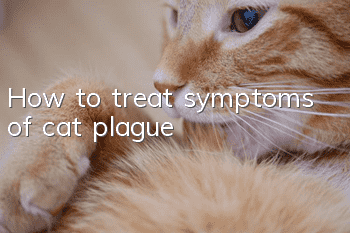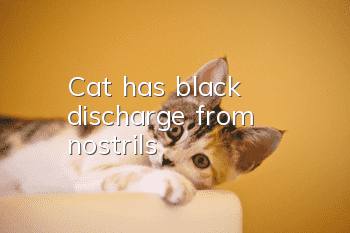How to treat symptoms of cat plague

Treatment methods for feline distemper symptoms:
1. Specific treatment can be to inject anti-feline distemper virus hyperimmune serum and interferon subcutaneously into the cat’s neck. Hyperimmune serum can provide cats with antibodies, allowing the cat’s own immune system to overcome viral infections.
2. Supportive treatment mainly focuses on anti-inflammation, preventing dehydration, stopping bleeding, antivomiting, replenishing energy, balancing electrolytes, etc. based on the specific symptoms of cats.
3. When cats have symptoms of vomiting and diarrhea, they need to be injected with anti-vomiting and hemorrhage drugs. If there is an electrolyte imbalance or dehydration, the cat needs to be rehydrated in time.
Causes of cat distemper symptoms:
1. Feline distemper mostly occurs at the intersection of winter and spring when the seasonal environment is changeable and harsh. At this time, various viruses are derived. Bad living habits can promote its outbreak. Cats of all ages can be infected with FPV, and it is more common in kittens under 1 year old, especially cats between 3 and 5 months old.
2. The main source of transmission of cat plague is infected cats and their excrement. For example, the feces, saliva, nasal mucus, eye feces and vomit of infected cats contain a large amount of viruses. The key is to recover after recovery. Cats also need to detoxify from their feces and urine for several weeks.
3. Cats that have not been vaccinated or have not been vaccinated on time and whose antibody titer is not high are susceptible to feline distemper. Cats that are incompletely vaccinated or unvaccinated are prone to feline distemper.
- What should I do if my cat’s fur is dry and dull?
- How long does it take for newborn kittens to defecate?
- Can cats eat fat meat?
- Can a cat take a bath when it is in heat?
- What causes cats to shed reddish-brown tears?
- How old can a kitten eat cat grass?
- How to raise a savannah cat_Characteristics_How much does one cost?
- Living habits of Abyssinian cats and methods to eliminate tear stains
- Why do cats need to be neutered?
- How to train a cat? 4 Tips for Cat Training



